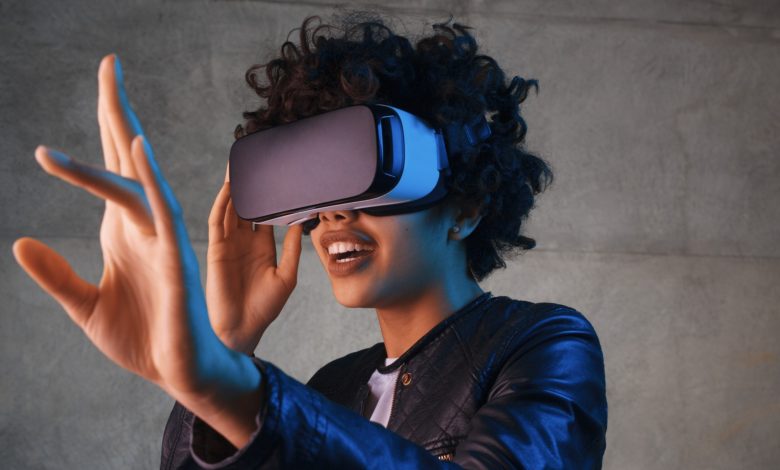
Virtual reality (VR) – a computer-generated image or environment that allows the user to interact with something in a realistic way – is becoming ever-present in our day-to-day lives. VR is not only transforming both our leisure activities through headset games, but also the way we work and interact during different daily activities.
Although the extent to which VR will become ingrained in our lives is still arguably up for debate – with many doubting that it will have as significant an impact as smartphones and smartwatches – the technology is only set to enhance and improve over the coming years.
But what advancements are we likely to see in our lifetimes?
Recent research into what the future of VR could hold has revealed some of the most exciting predictions for the future of virtual reality and how this could impact lives.
Let’s explore these predictions in more detail.
Combining the real world with the digital world
The purchase of the VR headset company Oculus by Facebook in 2014, saw virtual reality devices become much more mainstream. These headsets allow users to bridge the gap between digital and reality to experience a new, artificial realm, but the line between the real and virtual is set to become much more blurred with the release of Apple’s headset in 2022. The Apple headset will have both augmented reality (AR) and VR capabilities, making it almost impossible for users to differentiate between the two worlds and opening up the ability for the technology to be used for virtual meetings as well as gaming.
Attracting talented candidates
As VR will no doubt be used for more practical communication purposes over the next few years, it is also likely to feature heavily in recruitment processes by 2030. Neutral avatars could become commonplace in the job application process, with the avatars completing selection tests rather than human interviewers. Using virtual reality in hiring would remove any bias that may occur in the process and ensure that a worker is hired based solely on their capabilities, in an entirely fair manner.
VR in healthcare
Moving away from office work environments, the applications for VR in medicine are also endless. VR in healthcare is expected to hit $76 billion in 2030, with trainee medical staff predicted to use the technology to hone their surgical skills. However, it may also become a more mainstream treatment option for those with severe pain, as underwater or wildlife adventure experiences in these alternate worlds can provide a welcome distraction for patients and help to relieve their pain for a few minutes by encouraging relaxation, even when traditional pain medications cannot provide relief.
But it’s not just in pain treatments where virtual worlds can be effective – by 2030 it’s likely that those of us with severe phobias and fears could be treated using exposure therapy in a similar way. By creating a virtual world, users would be able to face their fears head-on by entering a conflict situation, while remaining in a safe and controlled environment in the ‘real’ world.
Fashion transformation
When it comes to more day-to-day tasks, if you’re planning on going shopping for clothes in 2050, the chances are that you’ll be able to try on clothes in real-time, without even leaving the house. Using virtual reality changing rooms, we will be able to try on clothes and get advice from AI-powered shop assistants that will know exactly how to cater to our tastes, streamlining the shopping experience and revolutionising the way that we buy our clothes.
Going by these predictions, virtual reality will begin to play a large role in our daily activities over the next 30 years and beyond – whether it’s in the way we shop, are hired for jobs, or get treated for illnesses.
Does innovative technology have any limits?




